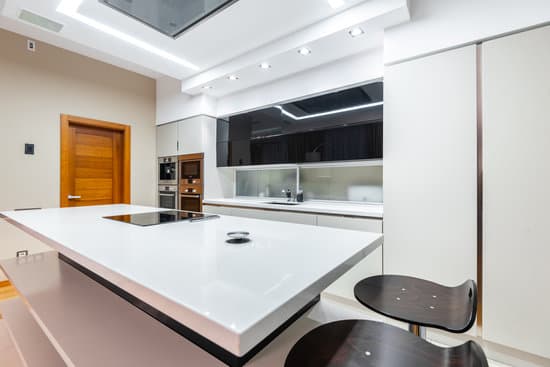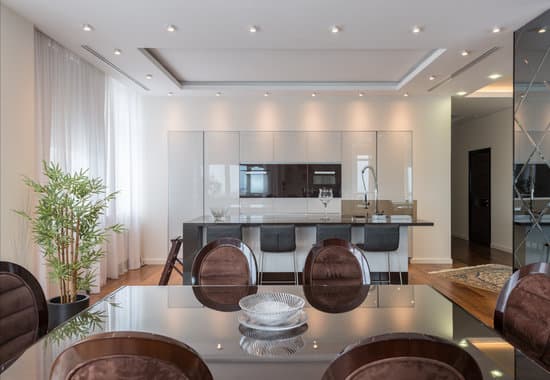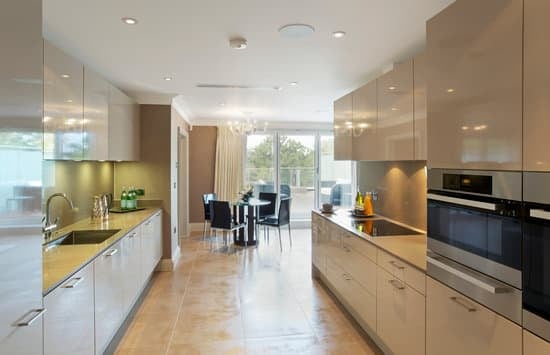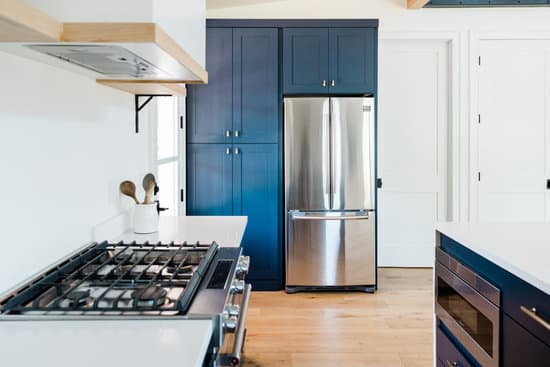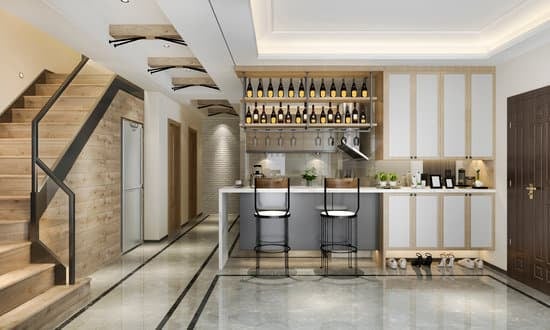Are you looking to create a functional and safe kitchen space? One important aspect to consider is the layout of your kitchen island. By carefully designing its layout, you can optimize efficiency and ensure a smooth workflow in your culinary haven. In this article, we will guide you through the process of assessing your kitchen space, determining the purpose of your island, selecting the right size and shape, choosing appropriate materials, and incorporating functional features. Get ready to transform your kitchen into a practical and stylish hub!
Assessing Your Kitchen Space
You’ll need to assess your kitchen space before designing a kitchen island layout. Start by evaluating the functionality of your current kitchen setup. Consider how you use the space and identify any areas that could be improved. Look for potential obstacles such as doors, windows, or appliances that may limit your options for placing an island. Next, focus on maximizing efficiency in your design. Think about the workflow in your kitchen and how an island could improve it. A well-placed island can create a more efficient work triangle between the sink, stove, and refrigerator. It can also provide additional storage and countertop space. By assessing your kitchen space and evaluating functionality, you’ll be able to create a kitchen island layout that not only looks great but also enhances safety and convenience in your cooking area.
Determining the Purpose of Your Kitchen Island
Deciding on the function of your island is crucial in planning its layout. By understanding the benefits of having a kitchen island, you can create a space that not only enhances your cooking experience but also promotes safety. When designing your kitchen island, consider factors such as the size and shape of your kitchen, as well as the traffic flow within the space. A well-designed island can provide additional countertop space for meal preparation and serving, extra storage for utensils and appliances, and even seating options for family and guests. It can also serve as a central hub for socializing while you cook. However, it’s important to ensure that the island doesn’t obstruct movement or create hazards in the kitchen. Strive for a balance between functionality and safety when determining the purpose of your kitchen island.
Choosing the Right Size and Shape
When choosing the right size and shape for your kitchen island, it’s important to consider factors such as the available space and traffic flow. Safety should also be a top priority. Here are three key tips to help you make the right decision:
- Choosing the right style and color: Opt for a style that complements your kitchen decor and reflects your personal taste. Consider using lighter colors to create an open and airy feel in your space.
- Maximizing storage options: Look for a kitchen island design that offers ample storage solutions, such as cabinets, drawers, or shelves. This will help you keep your countertops clutter-free and ensure easy access to utensils, pots, pans, and other essentials.
- Seating options: If you plan on using your kitchen island as a dining area or entertaining space, ensure there is enough room for comfortable seating. Consider adding bar stools or chairs that match the overall aesthetic of your kitchen.
By carefully considering these aspects, you can design a kitchen island layout that not only meets your needs but also enhances the safety of your cooking area.
Selecting Materials and Finishes
Consider selecting materials and finishes that not only complement your overall kitchen decor but also provide durability and easy maintenance for your island. When it comes to different countertop options, it’s important to consider both your budget and durability needs. Granite countertops are a popular choice due to their strength and resistance to scratches and heat. If you’re looking for a more affordable option, laminate countertops offer a wide range of colors and patterns while being easy to clean. Another consideration is the cabinet finish, which can greatly impact the overall design of your kitchen island. Opting for a natural wood finish adds warmth and elegance, while painted cabinets can create a more modern or eclectic look. Remember, choosing materials and finishes that are not only visually appealing but also durable will ensure the longevity of your kitchen island.
Incorporating Functional Features
To maximize the functionality of your kitchen island, it’s important to incorporate features that enhance its usability. One way to achieve this is by maximizing storage space. Consider adding drawers, cabinets, or shelves to efficiently store your pots, pans, and other kitchen essentials. This will help keep your cooking area organized and easily accessible while ensuring a clutter-free workspace.
Another functional feature to consider is creating a seating area on the kitchen island. This allows for additional seating options in your kitchen, making it a versatile space for both meal preparation and casual dining. Install bar stools or chairs that are comfortable and sturdy, with proper back support.
When incorporating these features into your kitchen island design, ensure they adhere to safety standards. For example, choose materials that are heat-resistant and easy to clean. Additionally, make sure there is enough space between the seating area and any appliances or hot surfaces to prevent accidents.
By incorporating these functional features into your kitchen island layout, you can create a safe and efficient space that maximizes storage while providing a comfortable seating area for family and guests.
Conclusion
So there you have it – designing a kitchen island layout doesn’t have to be daunting. By assessing your kitchen space, determining the purpose of your island, choosing the right size and shape, selecting materials and finishes, and incorporating functional features, you can create a beautiful and practical centerpiece for your kitchen. Don’t be afraid to get creative and make it your own. Happy designing!

